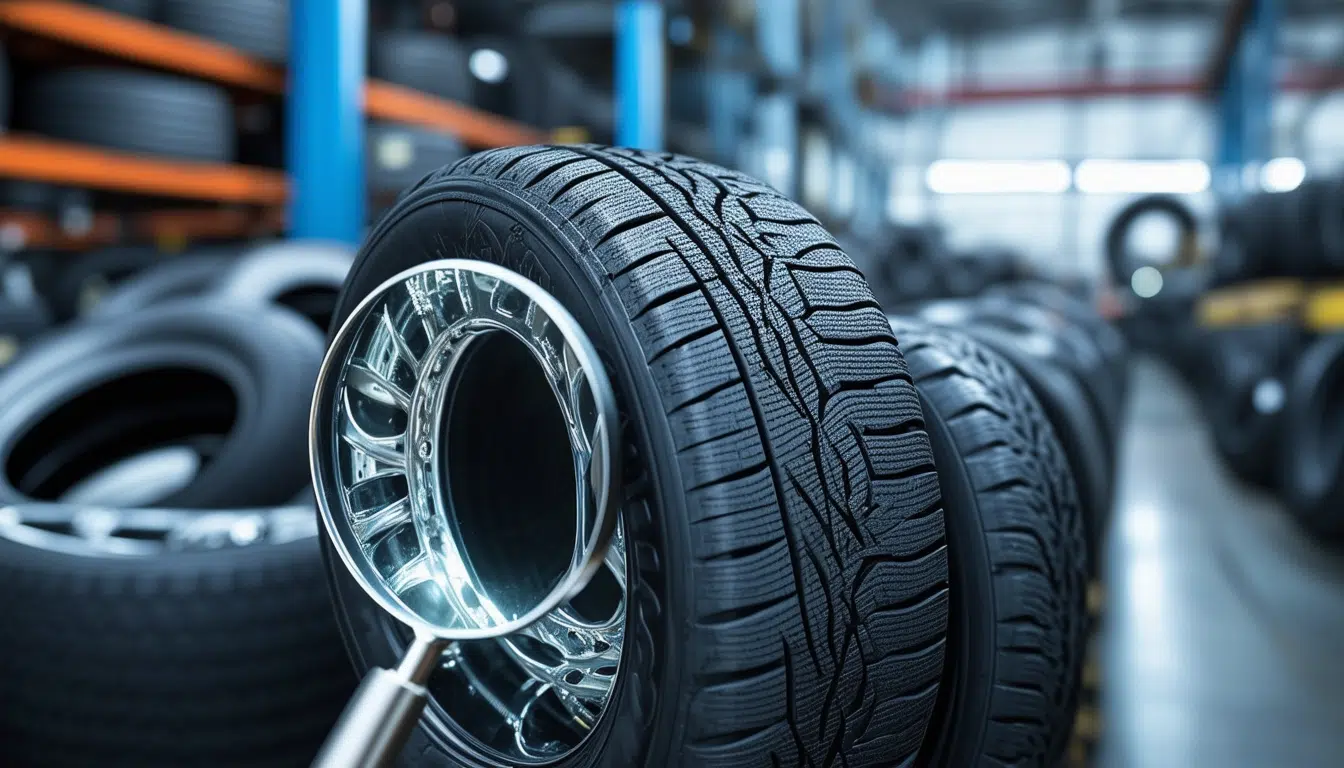The fascinating world of tires: secrets you didn’t know

In the vast and dynamic automotive universe, tires play a fundamental role. However, despite being essential for driving, they hold many secrets that most people are unaware of. From their historical evolution to their most surprising curiosities, delving into the fascinating world of tires reveals aspects that few could imagine.
Tires are an essential part of any vehicle, but we rarely think about the history, evolution, and the secrets they hide. From their invention to the most recent curiosities, this article unveils surprising aspects of tires that are unknown to most people. Join us on this journey and discover fascinating facts about this fundamental component of automotive engineering.
The origin of tires
The history of tires dates back several centuries, although their early versions were very different from what we know today. It is known that a primitive form of tires was used in Mesopotamia around 3500 B.C.
The first tires, as we know them today, were white because natural rubber is this color. In 1885, the Goodrich company began manufacturing tires using white rubber, as there were no techniques to change their color. However, the problem was that these tires got dirty quickly.
The color change
It was later, with the incorporation of additives like silicon carbide and carbon black, that tires acquired their distinctive black color. These additives helped improve the strength and durability of the tires, solving the problem of dirt and increasing their lifespan.
Surprising curiosities about tires
Tires have been a fundamental part of the advancements in the automotive industry, and there are several curiosities that are not widely known. For example, airless tires, although appealing in theory, have not proven to be the definitive solution. Despite their promising outlook, they have significant drawbacks that still need to be resolved.
Another interesting fact is the existence of codes and symbols on tires that inform users about different aspects, such as size, type, and manufacturing date. A notable example is the tire labeled “205 55R16,” which breaks down crucial information through its numbers and letters.
Proper tire storage
Proper tire storage is also a vital aspect of prolonging their lifespan. It is recommended to store them in an upright position if they are without wheels, avoiding stacking on the sidewall or hanging them. This simple technique helps maintain their integrity for a longer time.
Innovations and future of tires
Over time, tires have undergone remarkable technological advancements. From the addition of special layers that help improve traction to the implementation of pressure monitoring systems, innovation in this field is constant.
As for the future of tires, the industry is exploring new technologies and materials that promise to transform their functionality and safety. Some of these advancements include self-repairing tires and the integration of advanced sensors that allow for real-time monitoring of tire condition.
If you want to delve deeper into how to keep your car in the best condition, we recommend reading The secret behind effective maintenance of your car. Also, if you are interested in the world of motorcycles, don’t miss the mistakes you should avoid before your long motorcycle trip.
Conclusion
Tires are much more than just simple pieces of rubber. From their origins to the latest technological innovations, every aspect of their development contributes to our daily lives on the road. These curiosities and secrets show that there is always something new to learn about these indispensable components of our vehicles.
Diving into the world of tires reveals historical and technical curiosities that often go unnoticed. For instance, the first tires that were manufactured were not black, but white, due to the natural color of rubber. It was the Goodrich brand in 1885 that coined the practice of manufacturing wheels in this natural color. However, this design presented a significant problem: they got dirty easily, which was impractical for users.
Since then, multiple innovations have been made to improve the performance and durability of tires. One of the most ingenious solutions was the inclusion of carbon black in the rubber composition. This additive not only gave them their characteristic black color but also increased the strength and durability of the tires, thus solving issues of premature wear and dirt accumulation.
Another intriguing aspect is the variety of codes and symbols inscribed on modern tires. These are not mere decorations; each letter and number conveys vital information about the tire, from its size and load capacity to the maximum speed at which it can operate safely. Understanding these codes enables drivers to select the appropriate tire for their vehicles, optimizing their performance and safety.
The future also promises fascinating innovations in this field. Airless tires, although still presenting certain technical challenges, could revolutionize the industry by eliminating the possibility of punctures and improving overall durability. However, there is still a long way to go before they become a viable solution for everyday use.
In summary, the world of tires is much more complex and fascinating than it may seem at first glance. From their historical origins to future innovations, every aspect is designed to maximize performance, safety, and durability. Understanding these secrets and curiosities allows us to better appreciate the technology that supports our wheels and the journey they have gone through (literally and metaphorically) to become what they are today.




